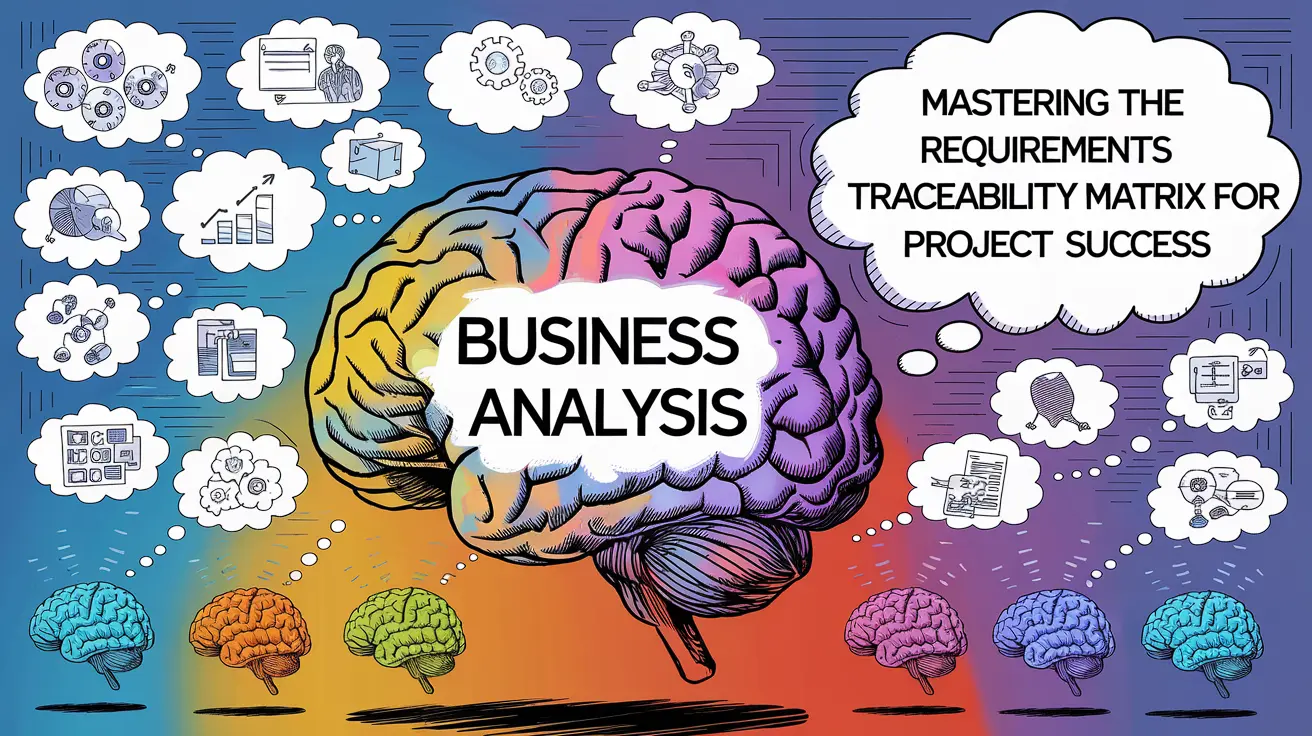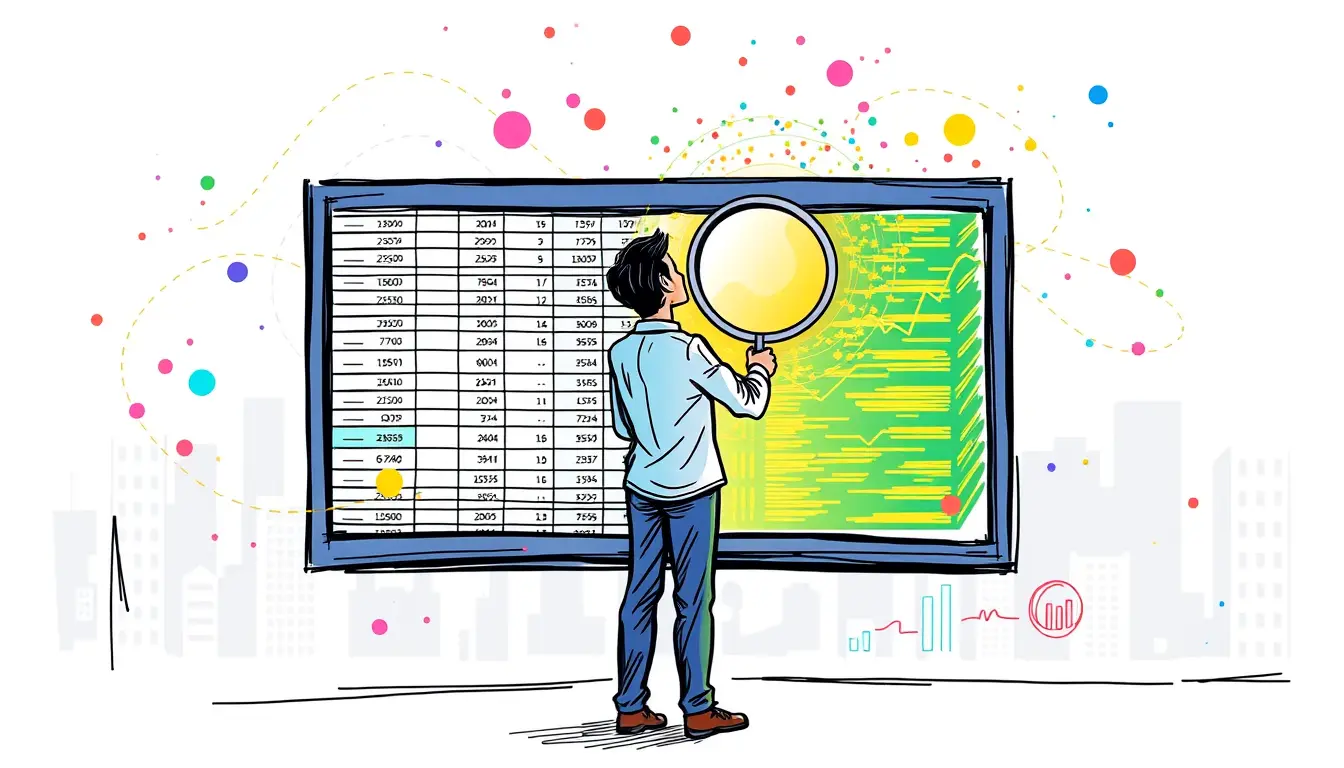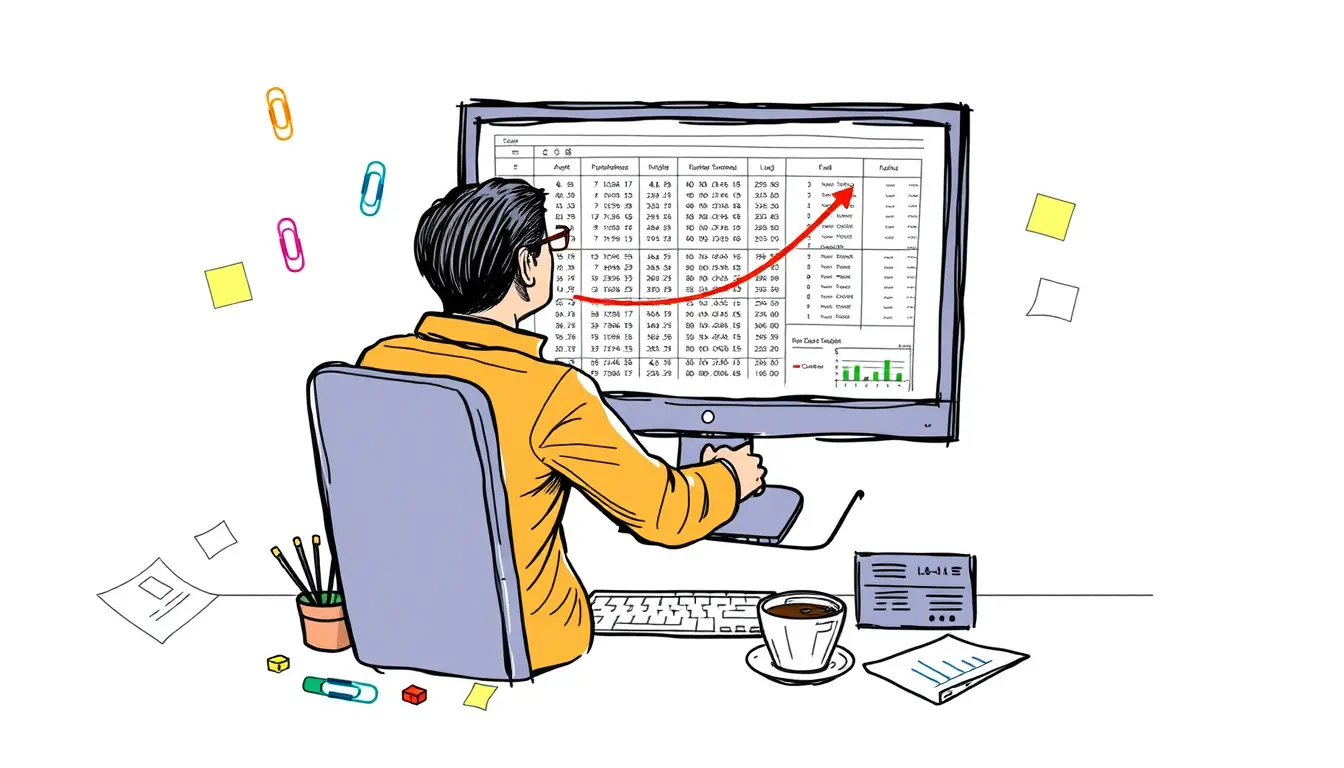What is a Requirements Traceability Matrix?
In the world of project management, keeping track of all the moving parts can be a real challenge. Enter the Requirements Traceability Matrix (RTM). This powerful tool helps teams stay organized and focused throughout the project lifecycle.
An RTM is a document that links project requirements to other project elements. It’s like a roadmap that shows how each requirement connects to design components, test cases, and deliverables. This comprehensive view ensures nothing falls through the cracks.
But why is it so important? Let’s dive deeper.
The Benefits of Using an RTM
Implementing an RTM in your project can yield significant benefits:
- Improved accountability
- Enhanced change management
- Better risk assessment
- Streamlined testing processes
- Increased stakeholder satisfaction
By mapping out requirements, you create a clear chain of responsibility. This makes it easier to track progress and identify bottlenecks. When changes occur, the RTM helps you quickly assess their impact across the project.
Risk management becomes more precise with an RTM. You can spot potential issues early and take proactive measures. Testing becomes more efficient as you can ensure all requirements are covered.
Ultimately, stakeholders appreciate the transparency and traceability an RTM provides. It builds confidence in the project’s direction and outcomes.
Creating an Effective RTM
Now that we understand the importance of an RTM, let’s look at how to create one:
- Identify all requirements
- Assign unique IDs to each requirement
- Link requirements to other project elements
- Include relevant attributes (priority, status, etc.)
- Regularly update and maintain the matrix
Start by gathering all project requirements. These should be clear, concise, and measurable. Assign each requirement a unique identifier for easy reference.
Next, link requirements to design components, test cases, and deliverables. This creates a web of connections that illustrates how everything fits together.
Include attributes like priority, status, and owner for each requirement. This additional information adds context and helps with project management.
Remember, an RTM is a living document. Update it regularly as the project evolves to maintain its usefulness.
Common Pitfalls to Avoid
While RTMs are incredibly valuable, there are some common mistakes to watch out for:
- Overcomplicating the matrix
- Neglecting to update regularly
- Failing to involve all stakeholders
- Ignoring the RTM after creation
- Not adapting the RTM to project needs
Keep your RTM as simple as possible while still capturing necessary information. An overly complex matrix can be difficult to maintain and use effectively.
Regular updates are crucial. An outdated RTM quickly loses its value. Make updating the RTM a part of your project routine.
Involve all stakeholders in the RTM process. Their input ensures the matrix accurately reflects project needs and expectations.
Don’t create an RTM and then forget about it. Use it actively throughout the project to guide decision-making and track progress.
Finally, tailor your RTM to your specific project. While templates can be helpful, every project is unique and may require a customized approach.
Tools and Technologies for RTM Management
In today’s digital age, numerous tools can help manage your RTM effectively:
- JIRA
- IBM Rational DOORS
- ReQtest
- Helix RM
- Microsoft Excel (for smaller projects)
These tools offer features like requirement management, traceability, and reporting. They can significantly streamline the RTM process and make it more accessible to team members.
JIRA, for example, integrates well with other project management tools. IBM Rational DOORS is robust for complex projects. ReQtest offers a user-friendly interface for easier adoption.
For smaller projects or teams on a budget, Microsoft Excel can be a good starting point. While it lacks some advanced features, it’s flexible and familiar to many users.
Choose a tool that fits your project size, complexity, and team familiarity. The right tool can make RTM management much more efficient and effective.
Real-World Success Stories
Let’s look at some real-world examples of RTM success:
- NASA’s Mars Rover project
- Boeing’s 787 Dreamliner development
- Apple’s iPhone launch
NASA used a comprehensive RTM to manage the complex requirements of the Mars Rover project. This ensured all components met stringent space-ready standards.
Boeing’s 787 Dreamliner development involved thousands of requirements across multiple systems. An RTM helped coordinate efforts between teams and suppliers.
Apple’s iPhone launch required meticulous tracking of hardware and software requirements. An RTM helped ensure all features were delivered on time and to specification.
These examples show how RTMs can be scaled to projects of various sizes and complexities. From space exploration to consumer electronics, RTMs play a crucial role in project success.
Implementing RTM in Agile Environments
Agile methodologies have gained popularity in recent years. But can RTMs fit into this flexible approach? Absolutely!
In Agile projects, RTMs can:
- Link user stories to acceptance criteria
- Track requirement changes across sprints
- Ensure test coverage for all features
- Facilitate backlog grooming
- Support continuous integration and delivery
Agile RTMs are often more dynamic than traditional ones. They evolve with each sprint, reflecting the iterative nature of Agile development.
Tools like JIRA and VersionOne offer Agile-specific RTM features. These integrate well with Scrum and Kanban boards, making them easy to incorporate into existing workflows.
Remember, the key is to keep the RTM lean and adaptable. It should support Agile principles, not hinder them.
Measuring RTM Effectiveness
How do you know if your RTM is truly effective? Here are some key performance indicators (KPIs) to consider:
- Requirement coverage percentage
- Defect detection rate
- Change impact assessment time
- Stakeholder satisfaction scores
- Project delivery time and budget adherence
Requirement coverage shows how well your RTM captures all project needs. A high defect detection rate indicates the RTM is helping identify issues early.
Measure how quickly you can assess the impact of changes using your RTM. This reflects its effectiveness in change management.
Regularly survey stakeholders about their satisfaction with project transparency and traceability. Their feedback can highlight areas for improvement.
Finally, compare projects with and without RTMs. Are RTM projects more likely to be delivered on time and within budget?
Use these metrics to continuously refine your RTM process. Remember, the goal is to make your RTM a valuable asset, not just another document.
The Future of Requirements Traceability
As technology evolves, so does the field of requirements traceability. Here are some exciting trends to watch:
- AI-powered requirement analysis
- Blockchain for immutable requirement tracking
- IoT integration for real-time requirement validation
- Virtual reality for immersive requirement visualization
- Natural language processing for automated RTM generation
Artificial intelligence could soon analyze requirements, suggest links, and even predict potential issues. This could significantly speed up RTM creation and maintenance.
Blockchain technology could provide a tamper-proof record of requirement changes. This would enhance accountability and auditability.
Internet of Things (IoT) devices could validate requirements in real-time, providing instant feedback on product performance against specifications.
Virtual reality might offer new ways to visualize complex requirement relationships. Imagine walking through a 3D model of your RTM!
Natural language processing could automate the extraction of requirements from documents. This would reduce manual effort and potential human error.
While some of these technologies are still emerging, they highlight the ongoing importance of requirements traceability in project management.
FAQ
What is the main purpose of a Requirements Traceability Matrix?
An RTM links project requirements to other elements like design components and test cases. It ensures all requirements are met and helps manage changes effectively.
How often should I update my RTM?
Update your RTM regularly, ideally after each significant project milestone or change. Treat it as a living document that evolves with your project.
Can RTMs be used in Agile projects?
Yes, RTMs can be adapted for Agile environments. They can link user stories to acceptance criteria and track changes across sprints.
What tools can I use to create an RTM?
Popular tools include JIRA, IBM Rational DOORS, and ReQtest. For smaller projects, even Microsoft Excel can work well.
How do I measure the effectiveness of my RTM?
Key metrics include requirement coverage percentage, defect detection rate, and change impact assessment time. Also consider stakeholder satisfaction and project delivery outcomes.
Conclusion
A well-implemented Requirements Traceability Matrix can be a game-changer for project success. It provides clarity, accountability, and adaptability throughout the project lifecycle.
From improving risk management to streamlining testing processes, an RTM offers numerous benefits. While creating and maintaining an RTM requires effort, the payoff in project outcomes is well worth it.
As we look to the future, emerging technologies promise to make RTMs even more powerful and accessible. Regardless of the tools used, the core principle remains: keep your project requirements clear, traceable, and aligned with your goals.
By mastering the art of requirements traceability, you’re setting your projects up for exceptional outcomes. So why wait? Start implementing these strategies in your next project and watch your success rate soar!














Leave a Reply